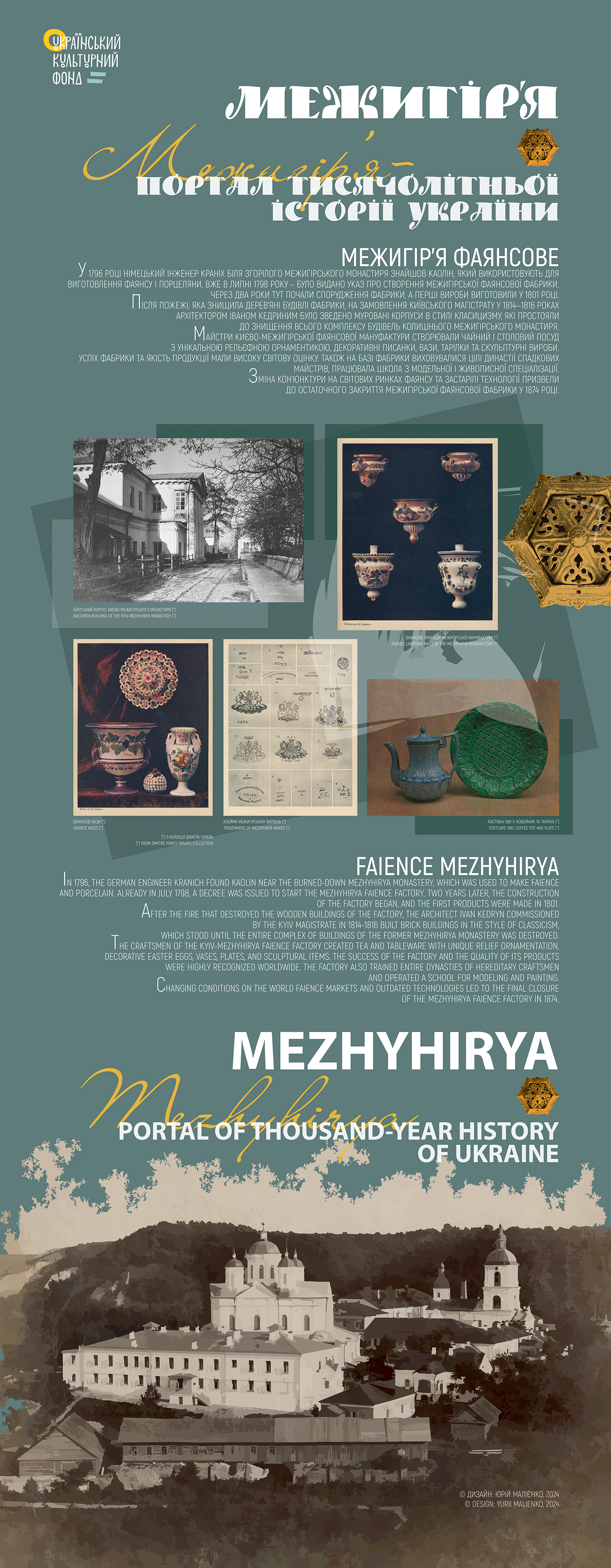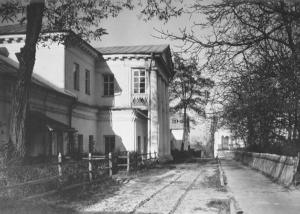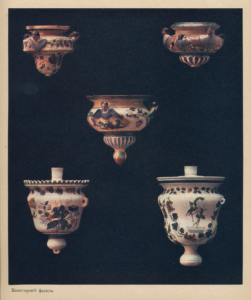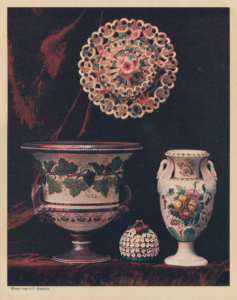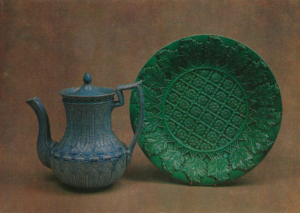In 1796, the German engineer Kranich found kaolin near the burned-down Mezhyhirya Monastery, which was used to make faience and porcelain. Already in July 1798, a decree was issued to start the Mezhyhirya faience factory. Two years later, the construction of the factory began, and the first products were made in 1801.
After the fire that destroyed the wooden buildings of the factory, the architect Ivan Kedryn commissioned by the Kyiv magistrate in 1814-1816 built brick buildings in the style of classicism, which stood until the entire complex of buildings of the former Mezhyhirya Monastery was destroyed.
The craftsmen of the Kyiv-Mezhyhirya faience factory created tea and tableware with unique relief ornamentation, decorative Easter eggs, vases, plates, and sculptural items. The success of the factory and the quality of its products were highly recognized worldwide. The factory also trained entire dynasties of hereditary craftsmen and operated a school for modeling and painting.
Changing conditions on the world faience markets and outdated technologies led to the final closure of the Mezhyhirya faience factory in 1874.
